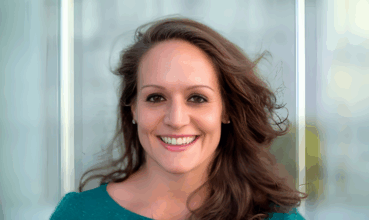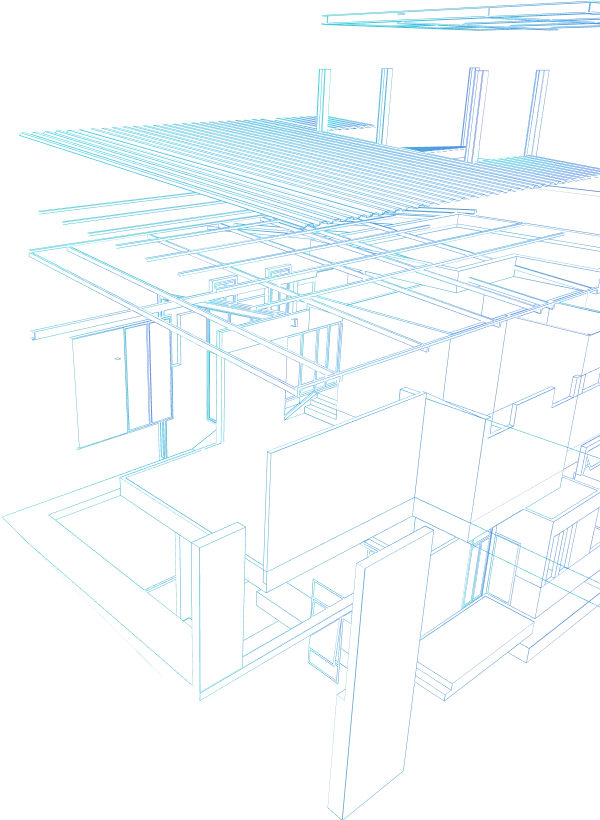“We’re in the business of making housing more affordable, and we recognize that the key lever is increasing housing supply,” says Gillian Pressman, Managing Director of YIM...
Quadrum Global's Jared White on Finding Growth in Brooklyn's Greenpoint Waterfront


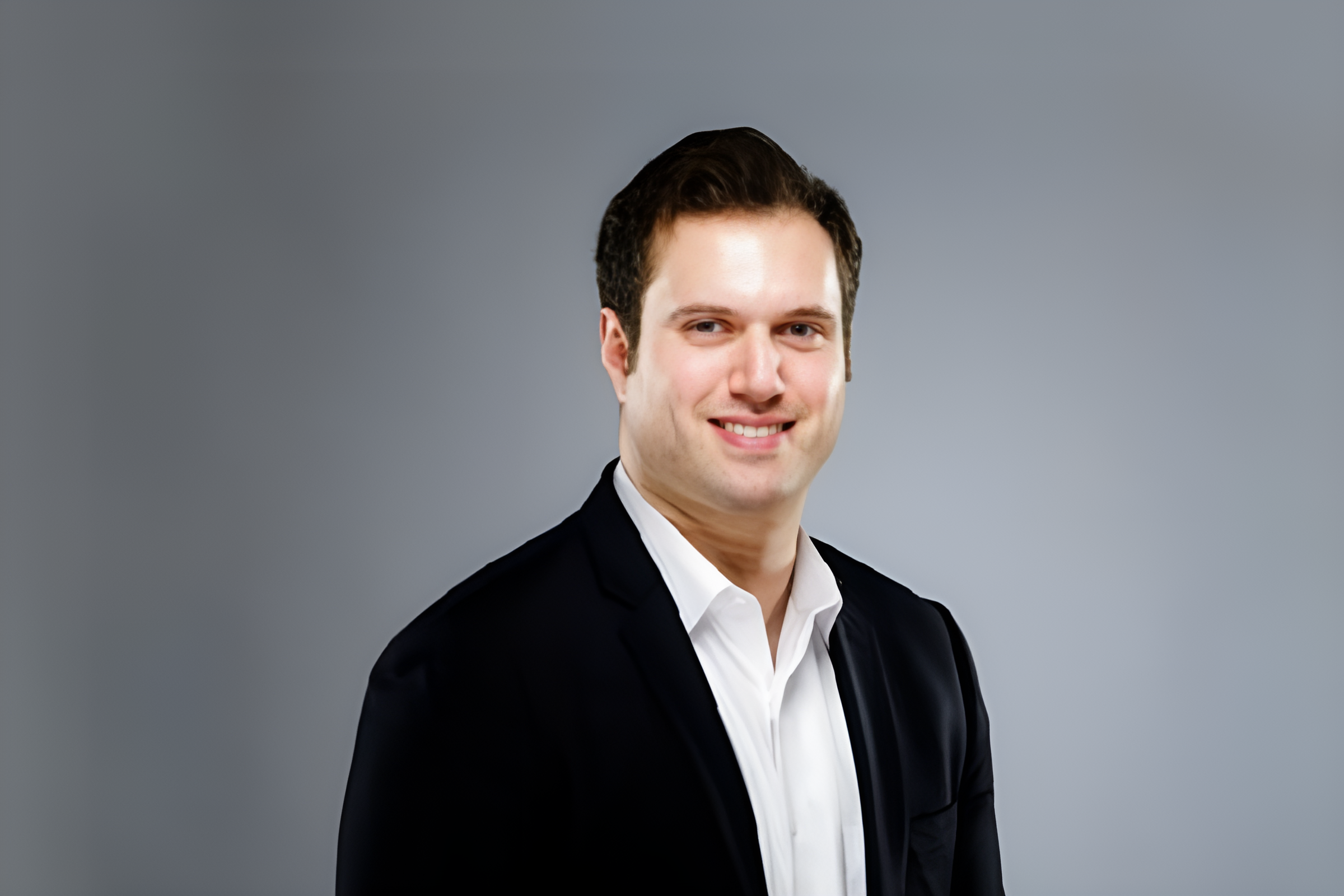

When Jared White joined Quadrum Global in 2014, Brooklyn’s Greenpoint waterfront was still a patchwork of vacant lots and unrealized promises. Today, that same shoreline is home to The Huron, a residential development that reflects not only the neighborhood’s evolution, but White’s approach to real estate: bet on growth and move with conviction.
“Objects in motion tend to stay in motion,” says White, Managing Partner at Quadrum Global. “It’s a Newtonian principle, but it’s also how we approach identifying promising opportunities.”
Finding the Path of Growth
White’s journey to becoming a real estate developer wasn’t straightforward. After practicing law for two years following his graduation from Brooklyn Law School in 2009, he pursued a master’s in real estate finance at NYU, seeking to shed his credentials as a real estate lawyer.
“Being on the deal side sparked creativity in a way that practicing law never did,” White explains. In October 2014, he joined Quadrum Global, a London-based private equity firm with approximately $1.3 billion in assets under management.
“They were looking for a jack of all trades,” White recalls. The firm, primarily invested in hotels, was seeking to expand its U.S. presence and needed someone with expertise in acquisitions and asset management. Nearly eleven years later, White has helped reshape the company’s portfolio, which now includes the Arlo hotel brand—the largest independent hotel brand in New York City—along with flagship residential developments like The Huron.
Quadrum’s investment strategy balances ambition with prudence. While they seek competitive returns, White explains they’re equally focused on “wealth preservation and good risk-adjusted returns, and not always looking for the highest returns.”
“What we look for is to be in the path of growth,” White explains. “There’s a phrase: ‘the rising tide lifts all boats.’ You can’t swim against the current. You can swim parallel to it. We wanted to find projects where we could get lucky by putting ourselves in the best position to get lucky.”
The Huron: A Vision Takes Shape
The Huron exemplifies this philosophy. Quadrum acquired the Greenpoint waterfront site in July 2014, nearly a decade after the Bloomberg administration had rezoned the area with hopes of building 20,000 units. Despite the rezoning, by 2014, not a single building had been constructed on the waterfront.
“We knew it was in the path of growth,” White says. “Williamsburg was maturing, people were being priced out, and Greenpoint is a natural extension, culturally, in many ways.”
What made the site particularly interesting was a zoning anomaly. While most of the waterfront had been rezoned to R8 (allowing for greater density and height), White’s block was zoned R6, with more restrictive height limitations. Initially, Quadrum planned to apply for rezoning to match the surrounding R8 designation, but changes to tax abatement programs and the introduction of mandatory inclusionary housing made this approach financially unviable.
Instead, White and his team pivoted. By 2017, nearby developments were under construction and selling well. “We said, ‘It seems like Greenpoint has matured. Do we have the footprint to build a 171-unit condo building under R6?'”
The answer was yes, but it would require a distinctive approach.
Honoring Greenpoint’s Industrial Past
To bring their vision to life, Quadrum hired renowned architect Morris Adjmi, known for revitalizing historic districts like New York’s Meatpacking District and designing The Wythe Hotel in Williamsburg.
“When he pitched us, he viewed this project as an ode to Greenpoint’s industrial past,” White recalls. “He was extremely compelling.”
Adjmi’s research uncovered Greenpoint’s rich shipbuilding history. It was essentially “the Silicon Valley of shipbuilding” in the 1700s and 1800s. During the Civil War, the first iron-hulled warship was built in Greenpoint for the Union, playing a crucial role in a key naval victory.
White remembers his jaw dropping: “In Greenpoint, they built this?”
This historical context inspired the building’s design. Rather than concentrating all the mass at the waterfront, Adjmi proposed a unique structure with two towers that, when viewed in profile, resembled a ship with two smokestacks. The materials—steel, iron, and large casement windows—pay homage to the neighborhood’s industrial heritage.
The site’s uncommon footprint, measuring 656 feet by 100 feet and roughly equivalent to the length of two football fields, created both challenges and opportunities. Adjmi’s solution incorporated numerous setbacks and terraces, resulting in approximately 24,000 square feet of private outdoor space distributed among 68 of the 171 units.
“Most of the time, you get a penthouse that has a big terrace, and that’s it,” White explains. “What’s unusual about our building is we have around 24,000 square feet of private outdoor space that’s allocated to various units, about a third of the units have private outdoor space.”
Redefining Luxury for a Neighborhood Context
The Huron’s approach to luxury amenities reflects a deep understanding of Greenpoint’s character and needs. White and his team positioned the gym, pool and lounge, the most in-demand amenities, to maximize views of the Manhattan skyline.
But perhaps more importantly, they recognized that Greenpoint’s somewhat limited subway access meant residents would value a self-contained community. “We felt that people who plunk down here and are willing to put a flag in the ground here want to have a place where they really don’t have to leave,” White explains.
This philosophy extended to family-friendly amenities, an area where The Huron innovated significantly. Unlike many developments that place children’s facilities on the ground floor, The Huron located its kids’ amenities on the second floor.
“That was very intentional,” White says. “A lot of people put kids’ amenities on the first floor, and it creates this feeling that there’s a lack of safety. Being on the second floor, there’s access control. You need to be inside the building to access the second floor, so it adds an element of safety and security.”
As a father of two young children, White approached this design with personal insight: “I would feel a lot more comfortable if my kids were playing on the second floor of a building, versus on a park on the ground floor, where essentially anyone could walk in and out.”
The second-floor children’s area includes an “Explorers Room” for younger children, “The Nook” teen lounge, and a treehouse-themed playground with outdoor seating. “The whole kids area is sort of like a tree house. You have to go up a set of stairs to get there,” White explains.
The ground floor, which couldn’t contain residential units due to flood elevation requirements, provided ample space for additional amenities and 95 indoor parking spaces. This constraint became an opportunity to create a comprehensive amenity package that serves residents’ diverse needs.
Market Success and Future Vision
The Huron has achieved remarkable success, with approximately 90% of units sold. The development has broken several price records for Greenpoint, including the largest condo sale by dollar volume ($5.8 million) and the highest price per square foot for both two-bedroom and three-bedroom units.
Building on this success, Quadrum is seeking its next transformative project, though White emphasizes they’re being selective: “We are looking for another project, but it has to be equally as grand and special, and we haven’t quite found that yet.”
Meanwhile, the company is expanding its Arlo hotel brand beyond its current locations in New York, Chicago, Washington DC, and Miami. “We are looking in Nashville and Austin and Denver and Seattle right now,” White shares.
The Gravitational Force of Cities
When evaluating new markets, White looks beyond conventional metrics to what he calls the “gravitational force” of cities, an intangible quality that attracts people and creates sustainable growth.
“I truly believe this about New York. There’s like a gravitational force to New York. It has a soul, you know, almost unlike any other city,” White explains. “But there are other cities that have this gravitational force, and it requires an ecosystem. It requires housing, it requires restaurants, it requires cultural nodes, and obviously jobs and offices and people.”
While Quadrum analyzes migration patterns and demographic data, White recognizes that by the time these trends appear in the data, the opportunity may have already passed. “By the time you see population growth, income growth, you’ve sort of missed it, because then all your sellers have seen the same data, and their price just went up.”
Instead, Quadrum looks for early indicators of this gravitational pull and focuses on resilience, particularly the presence of growing companies making long-term commitments to a location. “Big corporate movements like Amazon signing a big office building in Nashville. They can’t unwind that overnight,” White notes. “There’s resiliency in lease term.”
This focus on both growth potential and resilience has guided Quadrum’s success with The Huron and will continue to shape their future investments. As White puts it, “There’s no recipe for it, but there is a sauce,” a blend of data, intuition, and vision that has transformed a once-barren waterfront into one of Brooklyn’s most distinctive luxury communities.
The Huron stands not just as a testament to Greenpoint’s industrial past, but as a beacon for its future and a physical embodiment of White’s philosophy of positioning oneself in the path of growth and letting the momentum of a great location carry the project forward.
Similar Articles
Explore similar articles from Our Team of Experts.
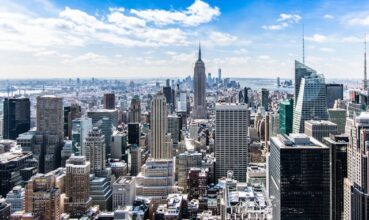

Brandon Polakoff’s journey to becoming a Principal and Executive Director at Avison Young’s Tri-State Investment Sales group is a testament to calculated risk-taking in real esta...


When Darian Kelly walked into a new construction sales office as a first-time homebuyer five years ago, a simple question about community demographics led to an uncomfortable silence. “...
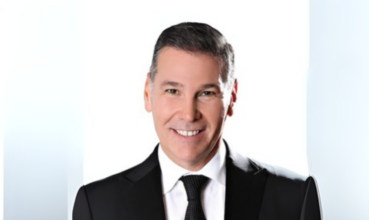

“I just wanted to be a millionaire. That was my main goal.” — Rob Golfi, founder of the Golfi Team, reflecting on the early ambitions that propelled him from General Motors fac...
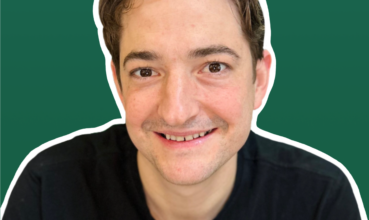

In an era where real estate ownership feels increasingly out of reach for many Americans, Daniel Dorfman and his company Roots are charting a different course. As founder of the Atlanta-base...



